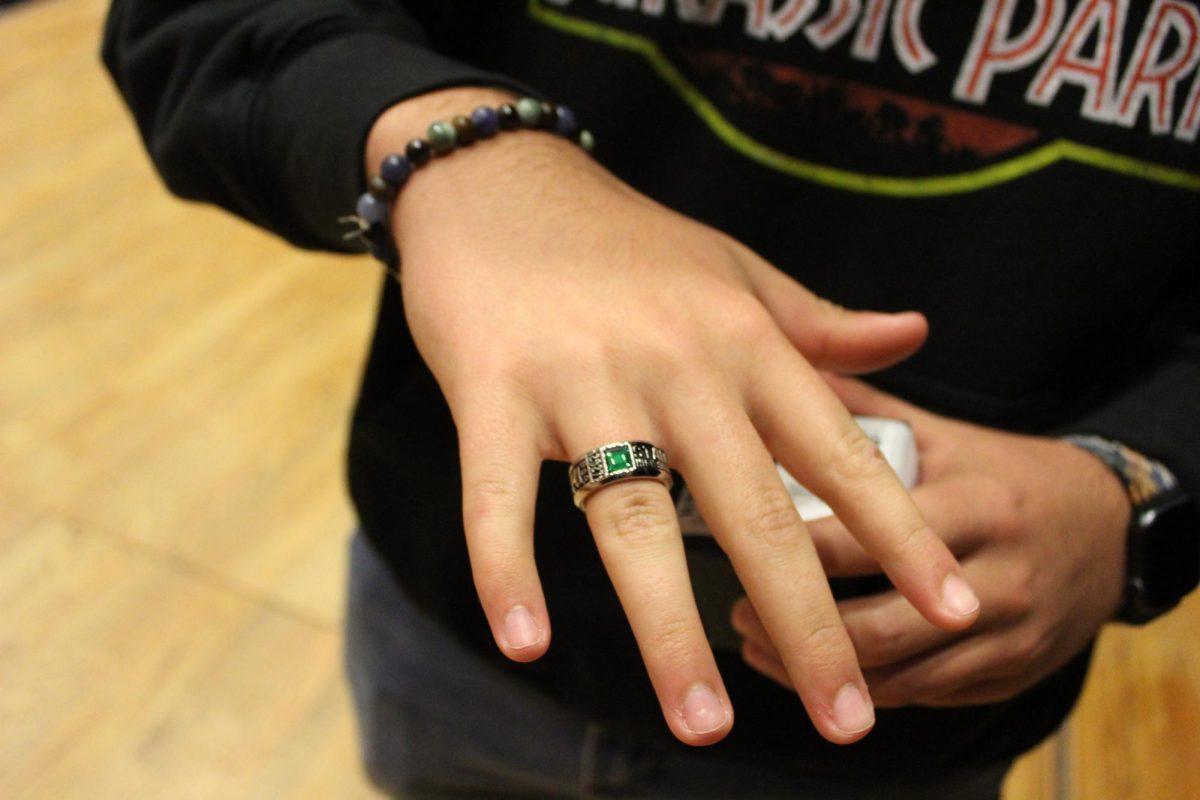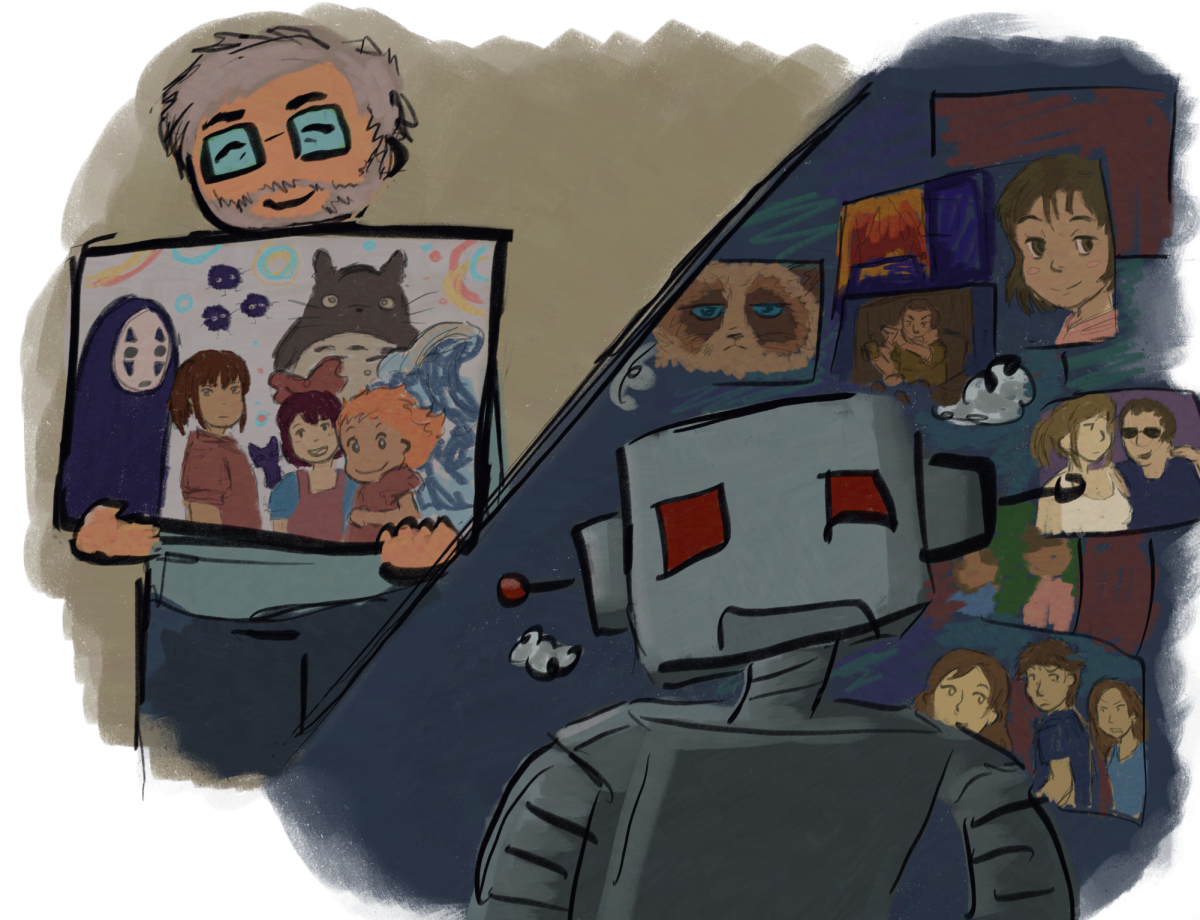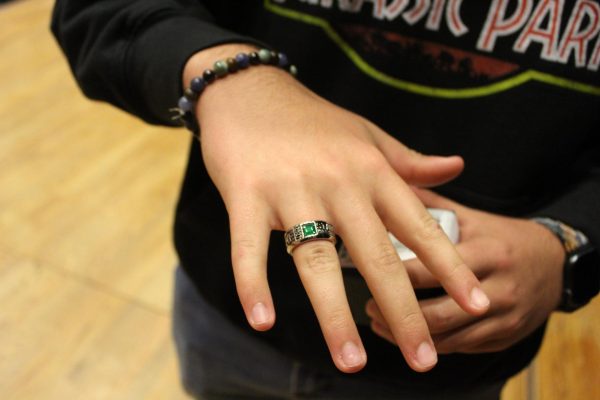Video Game Violence
Since the 2013 Electronic Entertainment Expo (E3) has passed, companies are entering a new league of gaming with new releases like the Play Station 4, a gaming system made by Sony, and Assassin’s Creed IV: Black Flag, a historical multiplayer action-adventure game. However, a new system called Oculus Rift is what could change the view on gaming and how it affects those who play games on a whole new level.
The new system was designed by Palmer Lucky, a students’s at the University of California Institute for Creative Technologies, who says he came up with the idea in his parent’s garage when he realized there was nothing he could “plug in” to play a game. His goal was to have the Oculus Rift be a high quality gaming system that typical gamers can afford.
“That’s something I thought was a very cool idea and to think we have that advanced of technology is amazing,” said casual gamer, Junior Destiny Wilborn. “I’d like to buy one and see just how realistic it is.”
The headset was announced first at the 2012 E3 in Los Angeles, letting John Carmack, a co-founder of ID Software, give a demonstration of the prototype. They quickly followed up in August with a Kickstarter campaign that raised over $2 million. Backed by the Kickstarter, the company publicized that they would release a developer kit or “dev kit” for those who pledged over $300. Support has also been seen through games such as builder game Minecraft and more violent game such as Half-Life 2 and Doom 4.
With this new virtual reality system, a new worry has started to arise. If first-person shooter games now are being blamed for inspiring national tragedies like Newtown and Columbine, what would the Oculus Rift mean to video game violence issues?
There are many studies that confirm violent video games do increase aggression among its players, but according to research by John Velez and others, the other studies only covered single player games. Their experiment had participants play Halo II cooperatively or competitively then complete an altered prisoner’s task. The results state:
“Compared with the competitive play conditions, players in the cooperative condition engaged in more tit-for-tat behaviors—a pattern of behavior that typically precedes cooperative behavior.”
With this research, there is one to contradict it and some instructor Rob Satterthwaite have doubts about any of the research being without scientist biases interfering.
“It’s like that on a lot of subjects,” said Satterthwaite, an avid gamer himself as a kid. “I often wonder if it’s the own personal biases of the researcher and they’re sort of proving what they want to prove.”
Junior Andy Braud disagrees with the idea that video game are triggering shootings, but can see how games such as Grand Theft Auto could make someone behave in a more aggressive way.
“You don’t see video games that make you go to a school and shoot it up,” said Braud, who plays action games. “The media’s just trying to steer everyone away from other things.”
Whichever view, technology will still improve over the years including the latest improvement, the Oculus Rift, set to come out in 2014.































